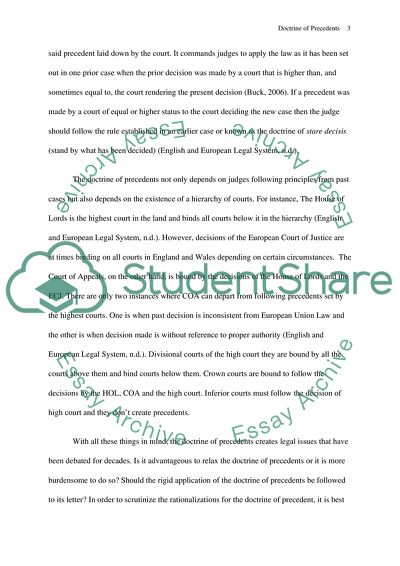Cite this document
(The Docterine of Precedent: Case Law and Legislation Term Paper, n.d.)
The Docterine of Precedent: Case Law and Legislation Term Paper. Retrieved from https://studentshare.org/law/1540484-the-docterine-of-precedent-case-law-and-legislation
The Docterine of Precedent: Case Law and Legislation Term Paper. Retrieved from https://studentshare.org/law/1540484-the-docterine-of-precedent-case-law-and-legislation
(The Docterine of Precedent: Case Law and Legislation Term Paper)
The Docterine of Precedent: Case Law and Legislation Term Paper. https://studentshare.org/law/1540484-the-docterine-of-precedent-case-law-and-legislation.
The Docterine of Precedent: Case Law and Legislation Term Paper. https://studentshare.org/law/1540484-the-docterine-of-precedent-case-law-and-legislation.
“The Docterine of Precedent: Case Law and Legislation Term Paper”, n.d. https://studentshare.org/law/1540484-the-docterine-of-precedent-case-law-and-legislation.


